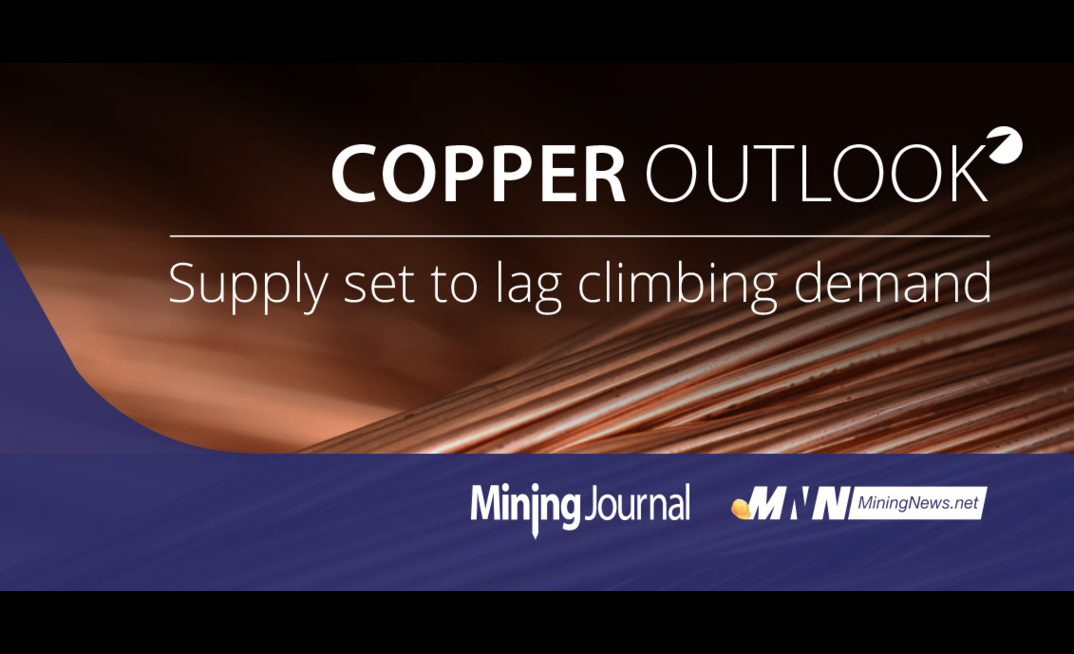Americas-focused Mining Journal correspondent Paul Harris outlines the demand scenario for copper, considering the needs of a growing and increasingly industrialised global population, coupled with new demand from the electrification of the world as part of the fight to manage climate change.
Prior to the pandemic, market analysts were forecasting a looming structural deficit in the market due to ever-increasing demand and ever-shrinking supply.
This compares with similar conversations almost 20 years ago, when analysts began talking of an emerging supercycle for copper and other commodities as China industrialised and urbanised.
With decarbonisation and electrification now top of the agenda for governments across the world, the outlook for copper demand is even rosier, as the red metal plays a fundamental role in any action to advance such things: from hydro, wind or solar-power generation capacity; to transmission lines; to battery storage devices; to electric vehicles.
Analysts predict that decarbonisation and electrification will propel copper into a Copper boom as project deficit bites hard superdupercycle or stellarcycle as the whole world is involved this time, not just China.
But where will the copper come from? The outlook is not pretty given copper exploration has been underfunded for much of the past decade, projects take 15-20 years at least to advance into production, and new projects tend to be smaller, lower grade and more expensive than in the past.
This report aims to discuss the outlook for copper exploration and development projects with leading industry figures and the exploration protagonists seeking to advance projects to fill the supply gap, with a look at some of the jurisdictions where we can expect future new supply to come from.



























